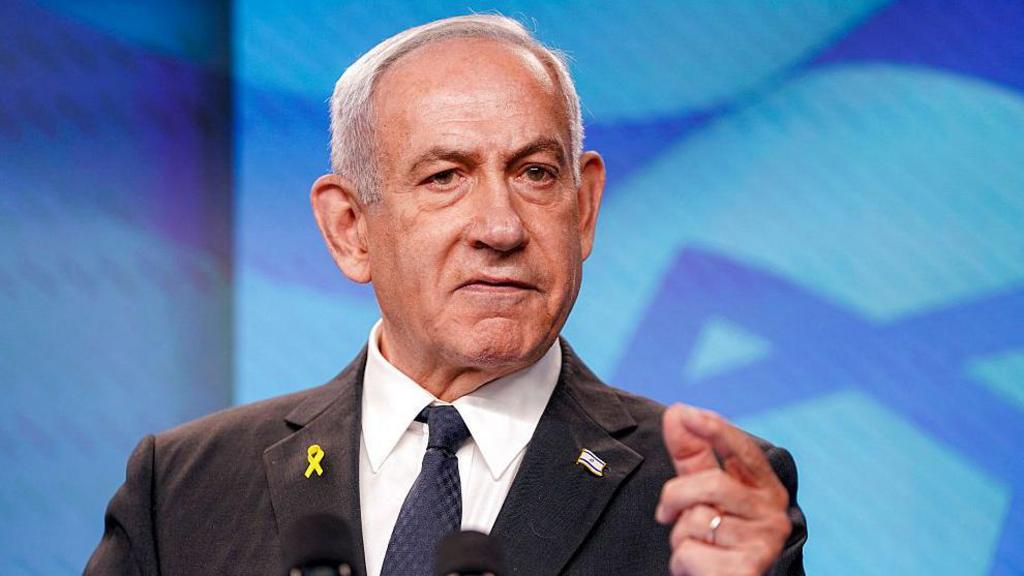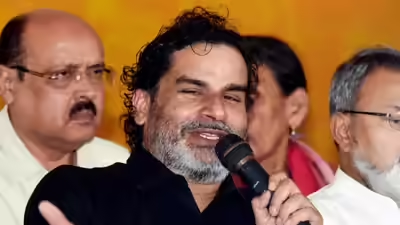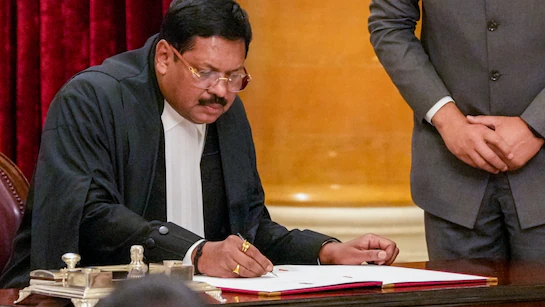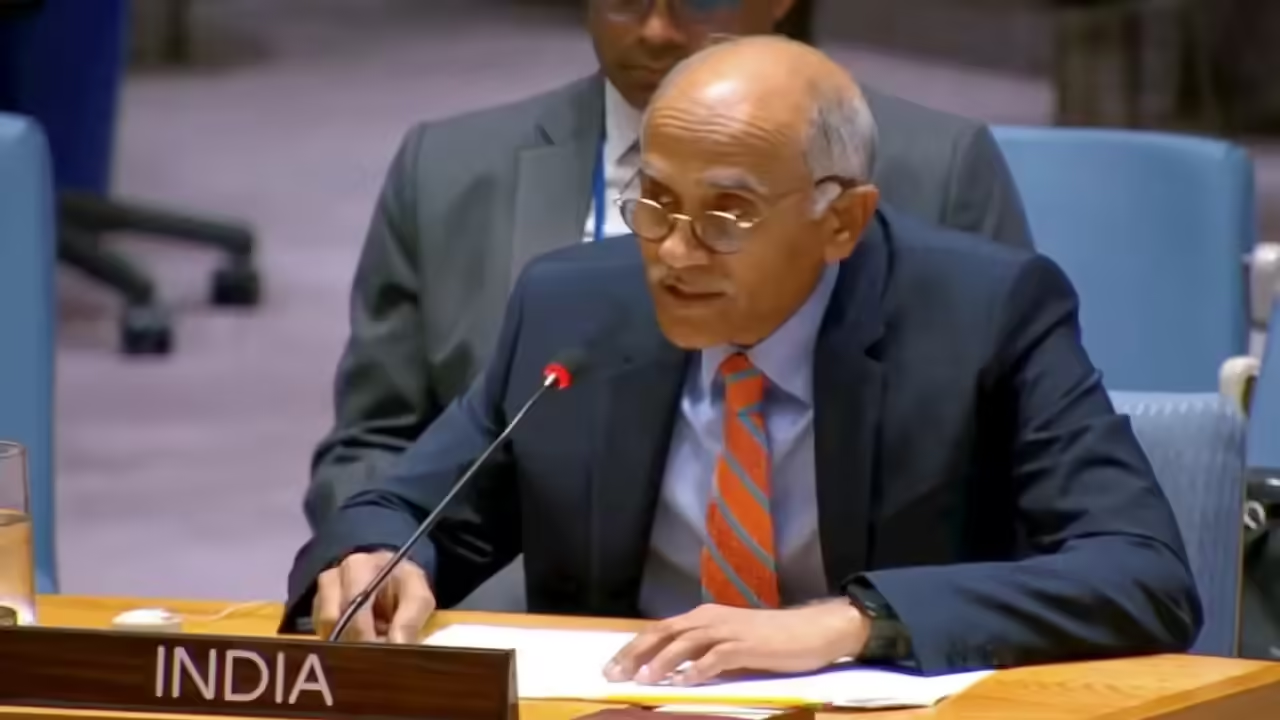Now Reading: Bihar Election 2025: The Veteran, the Challenger & the Disruptor — What’s at Stake
-
01
Bihar Election 2025: The Veteran, the Challenger & the Disruptor — What’s at Stake
Bihar Election 2025: The Veteran, the Challenger & the Disruptor — What’s at Stake

Bihar is gearing up for a high-stakes assembly election, and this time the narrative is sharper than ever. Veteran politician Nitish Kumar faces mounting doubts, while fresh challengers and disruptive newcomers aim to rewrite the script. For voters—especially in smaller towns and districts—the contest is more than about personalities. It reflects who they believe can deliver development, job opportunities and dignity.
The veteran: legacy under pressure
Nitish Kumar has been a fixture in Bihar politics for decades. His governance record includes infrastructure projects, law and order improvements, and attempts at social welfare. But in recent years, critics say he has failed to attract enough industry or jobs. Voters in cities like Muzaffarpur, Katihar and Purnea are especially restless about unemployment and stagnation.
His political journey is full of alliances, shifts and surprises. Once seen as unshakable, he now faces questions about flip-flops and whether his coalition strength has eroded. For many, this could be his last election as the face of his party.
The challenger: demanding change
Opponents see an opening. They accuse Nitish of relying too much on reputation rather than current results. Their pitch focuses on youth employment, better infrastructure, industrial investment and modernization of agriculture. In smaller districts, challengers promise more local schools, better roads, power reliability and internet access—issues that resonate deeply.
The challenger’s strategy is to shift the conversation from nostalgia to need. They argue that Bihar can’t move forward by clinging to old promises. That message especially appeals to first-time voters in semi-urban towns and rural fringes.
The disruptor: a swing factor
What makes this election particularly volatile is the presence of a disruptor — a political force that’s neither old guard nor traditional opposition. It could be a new alliance, a regional party with ambition, or a charismatic leader with a fresh narrative.
This disruptor promises bold reform, digital governance, non-traditional alliances, and maybe even coalitions that cross caste and ideology lines. Their strength lies in appealing to those disillusioned with both legacy politics and conventional challengers. In district headquarters across Bihar, such a force could tip balances in closely contested seats.
What this means for Tier-2 and smaller districts
In cities like Sasaram, Araria or Sitamarhi, elections are about local issues. Water supply, flood control, rural roads, school infrastructure, hospitals, and public transport dominate daily life. The veteran, the challenger, and the disruptor all need to speak to these ground realities.
Voters in these regions often feel neglected by big political narratives. If a candidate’s promise sounds distant or disconnected, it won’t land. The real advantage will go to those who engage local leaders, understand village concerns, and deliver on small but meaningful outcomes.
Risks and uncertainties
The veteran risks being dismissed as complacent. The challenger may overpromise and underdeliver. The disruptor may be seen as too radical or unstable. Coalitions, alliances, caste dynamics, and regional loyalties still play huge roles in Bihar politics. A misstep, a sudden backlash, or internal splits can change momentum overnight.
Conclusion
In Bihar’s 2025 election, we are not just watching a veteran defend his legacy. We’re seeing a contest between continuity, reform, and disruption. For voters in Tier-2 towns and rural districts, the stakes are real: jobs, dignity, services, and hope for better governance. The result will be a reflection of whether they choose familiar names, bold promises, or entirely new directions.

























